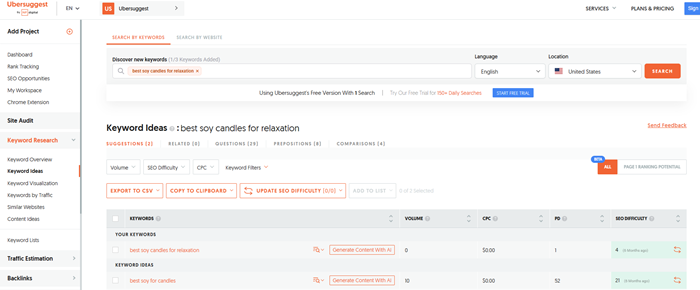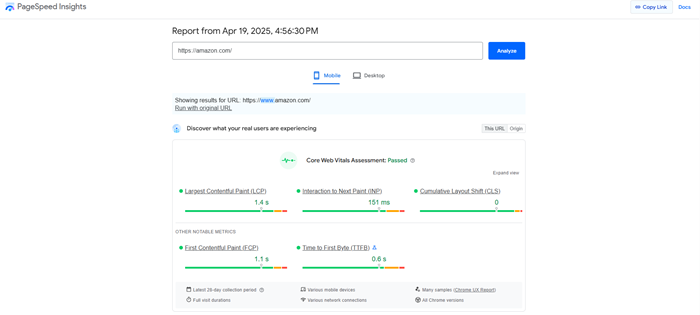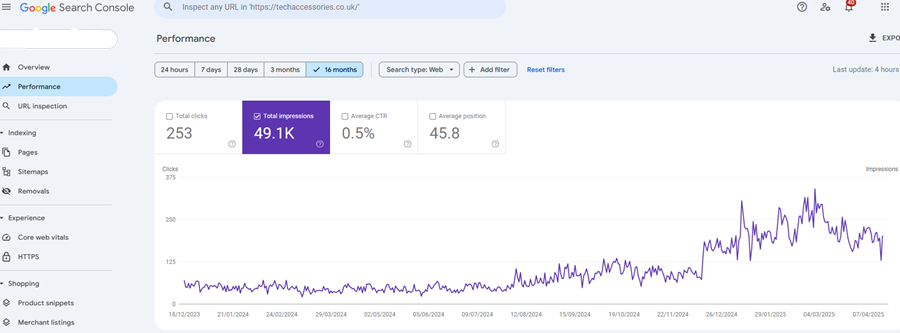In today’s digital world, your website is more than just a business card it\'s your 24/7 salesperson. But what happens when that salesperson is stuck in a dark alley of the internet with no traffic? That’s where SEO (Search Engine Optimization) steps in, shining a spotlight on your site so potential customers can find it. If you\'re wondering how to improve your website’s SEO to bring in more customers, you’re in the right place.
Here’s a practical, no-fluff guide to help you get found, get clicked, and get more conversions.
1. Start with Keyword Research
The foundation of SEO is understanding what your customers are searching for. You might be selling “handcrafted soy candles,” but your audience might be typing in “natural scented candles” or “eco-friendly home fragrance.”
Action Steps:
- Use tools like Google Keyword Planner, Ubersuggest, or Ahrefs.

- Focus on long-tail keywords (e.g., “best soy candles for relaxation”)—they’re less competitive and more specific.
- Spy on your competitors. What keywords are they ranking for?
Once you have a list, integrate them naturally into your content, URLs, meta tags, and headers.
2. Optimize On-Page Elements
On-page SEO refers to optimizing parts of your website you have direct control over.
Key Areas to Focus On:
- Title Tags: Include yo ur primary keyword and keep it under 60 characters.
- Meta Descriptions: Entice users with a clear and engaging summary (under 160 characters).
- Headers (H1, H2, H3): Use these to structure your content and sprinkle in keywords.
- Image Alt Text: Describe images clearly for accessibility and SEO.
- Internal Linking: Link to other relevant pages on your site to keep users engaged.
Each page on your site should have a specific keyword focus, avoiding duplication across pages.
3. Create Quality, Useful Content
Google loves fresh, original, and helpful content. So do your customers. Whether it\'s blog posts, product descriptions, or FAQ pages, every word on your site should answer a question or solve a problem.
Tips:
- Focus on E-E-A-T: Experience, Expertise, Authoritativeness, Trustworthiness.
- Use a mix of formats, how-to guides, videos, infographics.
- Keep your blog updated regularly.
- Address customer pain points and industry trends.
A good content strategy not only boosts SEO but positions you as a thought leader in your niche.
4. Make Your Website Mobile-Friendly
More than half of all web traffic comes from mobile devices. If your website isn’t optimized for mobile, you’re missing out on customers and tanking your SEO.

What to Do:
- Use responsive design (your website adapts to screen size).
- Keep buttons large enough to tap.
- Test your site using Google’s Mobile-Friendly Test tool.
- Minimize pop-ups and make navigation intuitive.
- Mobile-first indexing means Google often looks at the mobile version of your site before the desktop version.
5. Improve Site Speed
A slow site frustrates visitors and sends them straight to your competitors. Google uses page speed as a ranking factor.
Boost Your Site’s Speed By:
1- Compressing images.
2- Using browser caching.
3- Minimizing CSS and JavaScript files.
4- Leveraging a Content Delivery Network (CDN).
5- Choosing a reliable hosting provider.
You can test your speed using tools like Google PageSpeed Insights or GTm etrix.

6. Earn High-Quality Backlinks
Backlinks are like digital votes of confidence. When authoritative sites link to your content, it tells search engines your content is trustworthy.
Ways to Get Backlinks:
- Guest post on relevant industry blogs.
- Create shareable infographics and tools.
- Build relationships with influencers and journalists.
- Claim unlinked mentions of your brand.
- List your business on reputable directories.
Avoid spammy link schemes, they can do more harm than good.
7. Use Local SEO to Attract Nearby Customers
If you have a physical location or serve specific areas, local SEO is crucial.
Optimize for Local SEO:
- Set up and verify your Google Business Profile.
- Use local keywords (e.g., “vegan bakery in Austin”).
- Encourage happy customers to leave Google reviews.
- Make sure your name, address, and phone number (NAP) are consistent across all platforms.
- Get listed in local directories like Yelp, TripAdvisor, or local chambers of commerce.
- Local SEO can drive foot traffic and improve visibility for searches like “near me.”
8. Use Structured Data Markup
Structured data (schema markup) helps search engines understand your content. It also enhances your listings with rich snippets like star ratings, prices, FAQs, and more.
Common Uses:
- Product pages, Reviews, Recipes, Events, FAQs, Google’s Structured Data Markup Helper is a good place to start if you’re not familiar with it.
9. Monitor, Test, and Improve
SEO isn’t a “set it and forget it” strategy. It’s a long game, and results take time—but the benefits compound.
Use These Tools to Track Progress:

- Google Search Console: See how you’re ranking and spot technical issues.
- Google Analytics: Monitor traffic, user behavior, and conversions.
- Heatmaps (like Hotjar): Understand how users interact with your pages.
- A/B Testing Tools: Test different headlines, CTAs, or layouts to optimize performance.
Review your site regularly and tweak your strategy based on real data.
Final Thoughts: Think Like Your Customer
SEO isn’t about tricking Google. It’s about helping people find what they need. When you shift your mindset from “How do I rank higher?” to “How do I better serve my audience?”, that’s when real growth begins.
Start small. Optimize one page. Write one killer blog post. Earn one good backlink. Over time, these small wins add up to big results.
And remember—SEO is a marathon, not a sprint. Stay consistent, stay curious, and keep learning.
Need a hand with your SEO strategy? Whether you’re starting from scratch or looking to level up, a tailored plan can make all the difference. Reach out or leave a comment below, and let’s talk about how to turn your website into a customer magnet.
Leave a Comment